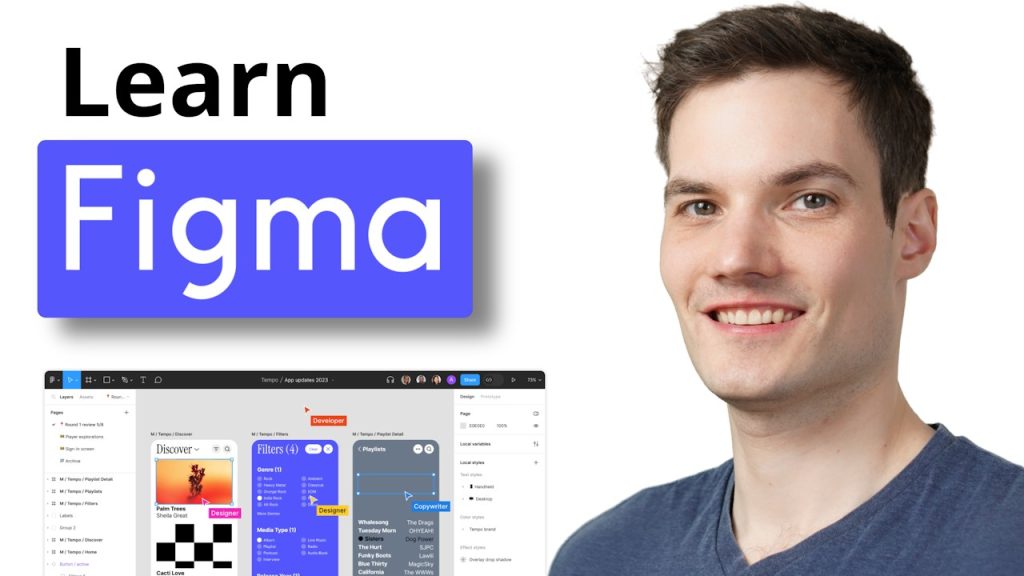
Figma A Powerful Design Platform for Teams
Figma is a cloud-based design platform that has gained significant popularity among designers and teams. It offers a comprehensive set of tools for creating and collaborating on user interfaces (UIs) and user experiences (UXs).
Key Features of Figma
- Vector Graphics: Create and edit vector graphics, ensuring scalability and high-quality designs.
- Design Systems: Build and maintain design systems to ensure consistency across your products.
- Collaboration: Work in real-time with your team on shared design files.
- Prototyping: Create interactive prototypes to test and iterate on your designs.
- Plugins: Expand Figma’s functionality with a vast library of third-party plugins.
- Design Handoff: Seamlessly hand off designs to developers with built-in features like design tokens and code generation.
Benefits of Using Figma
- Cloud-Based: Access your designs from anywhere with an internet connection.
- Real-time Collaboration: Work with your team in real-time, improving efficiency and communication.
- Design Systems: Maintain consistency across your products with design systems.
- Prototyping: Test and iterate on your designs before development begins.
- Integration: Integrate with other design and development tools for a seamless workflow.
Who Should Use Figma
Figma is a valuable tool for:
- UI/UX Designers: Create wireframes, mockups, and prototypes for digital products.
- Product Designers: Design user interfaces and experiences for mobile apps, websites, and other digital products.
- Design Teams: Collaborate on design projects and maintain consistency across your brand.
- Developers: Use Figma to understand design specifications and collaborate with designers.
Figma offers a free plan with limited features, as well as paid plans for teams and businesses.
If you’re looking for a powerful and collaborative design platform, Figma is a great option.



